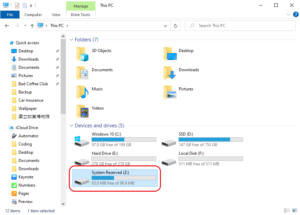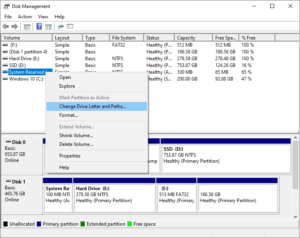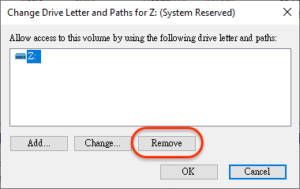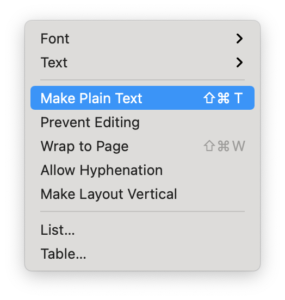Unlike most computers made by Apple, Windows PCs usually allow users to make post-purchase upgrades, like putting in more RAM or switching to an SSD.
Not long before COVID, I bought this ThinkPad laptop. Although the screen is not very pleasant to look at and the keyboard is a bit hard to type on, it did help me get some work done.
There was just this one real problem, it ran slow, really slow. As an example, even the bootup process took minutes.
Finally, I decided to pop in some more RAM and also an SSD. The laptop had slots ready for these new components. Did I mention Windows computers are usually nice like this?
The upgrade was easy too. All I needed was a screwdriver. I simply opened the back up, put in the new RAM and SSD, and closed it up.
The upgrade was successful with the operating system also moved to the SSD. Not only does the laptop boot up very quickly now, but it can also run my favorite game at the highest configuration without breaking a sweat. Granted it’s a 14-year-old RTS.
There is one issue and it’s only an issue because of my OCD – I now have a drive called System Reserved.

With some quick search online, I learned the system reserved drive/partition resulted from the operating system being moved to the SSD. The drive essentially contains stuff needed for Windows 10 to boot. I also found it’s fairly easy to hide the drive. Here’s how.
Hiding the System Reserved Drive with Windows 10 Disk Management Utility
- Press Windows + R to bring up the Run command
- Type in diskmgmt.msc and press Enter
- In the Disk Management window, right-click on the System Reserved drive and select Change Drive Letter and Paths
- In the window that appears, click on Remove


The System Reserved drive should now have disappeared in the File Explorer.

